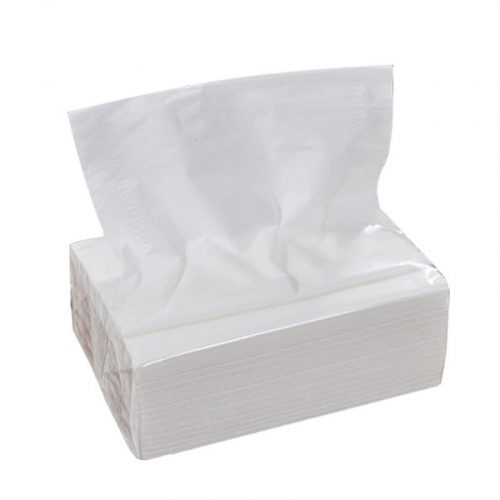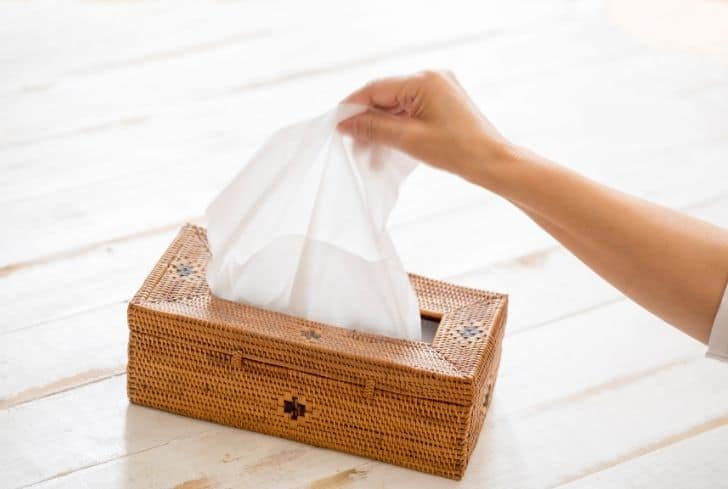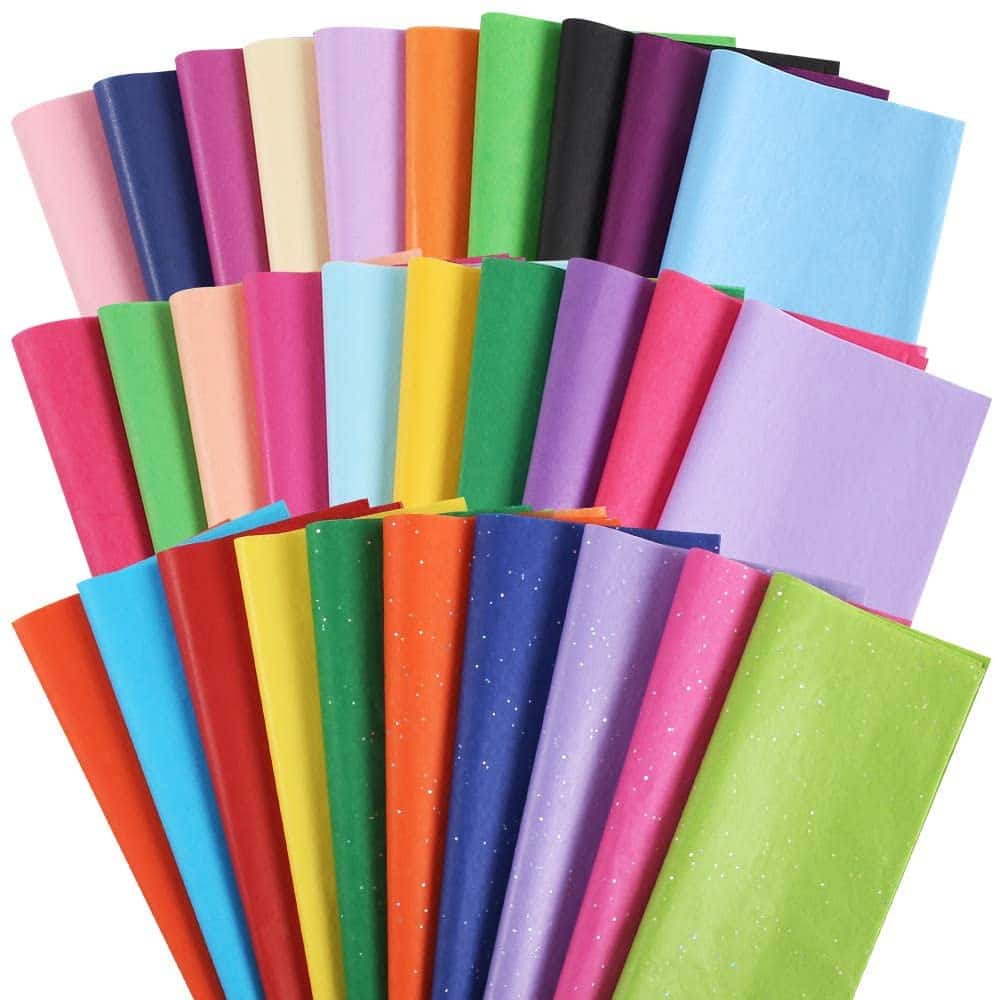
Tissue paper is produced on a paper machine that has a single large steam heated drying cylinder (Yankee dryer) fitted with a hot air hood. The raw material is paper pulp. The Yankee cylinder is sprayed with adhesives to make the paper stick. Creping is done by the Yankee’s doctor blade that is scraping the dry paper off the cylinder surface. The crinkle (crêping) is controlled by the strength of the adhesive, geometry of the doctor blade, speed difference between the Yankee and final section of the paper machine and paper pulp characteristics.

The highest water absorbing applications are produced with a through air drying (TAD) process. These papers contain high amounts of NBSK and CTMP. This gives a bulky paper with high wet tensile strength and good water holding capacity. The TAD process uses about twice the energy compared with conventional drying of paper.
The properties are controlled by pulp quality, crêping and additives (both in base paper and as coating). The wet strength is often an important parameter for tissue.
